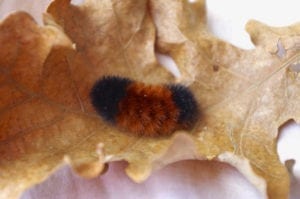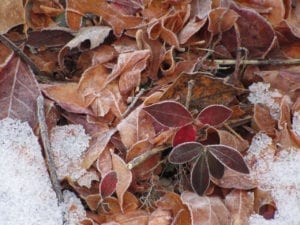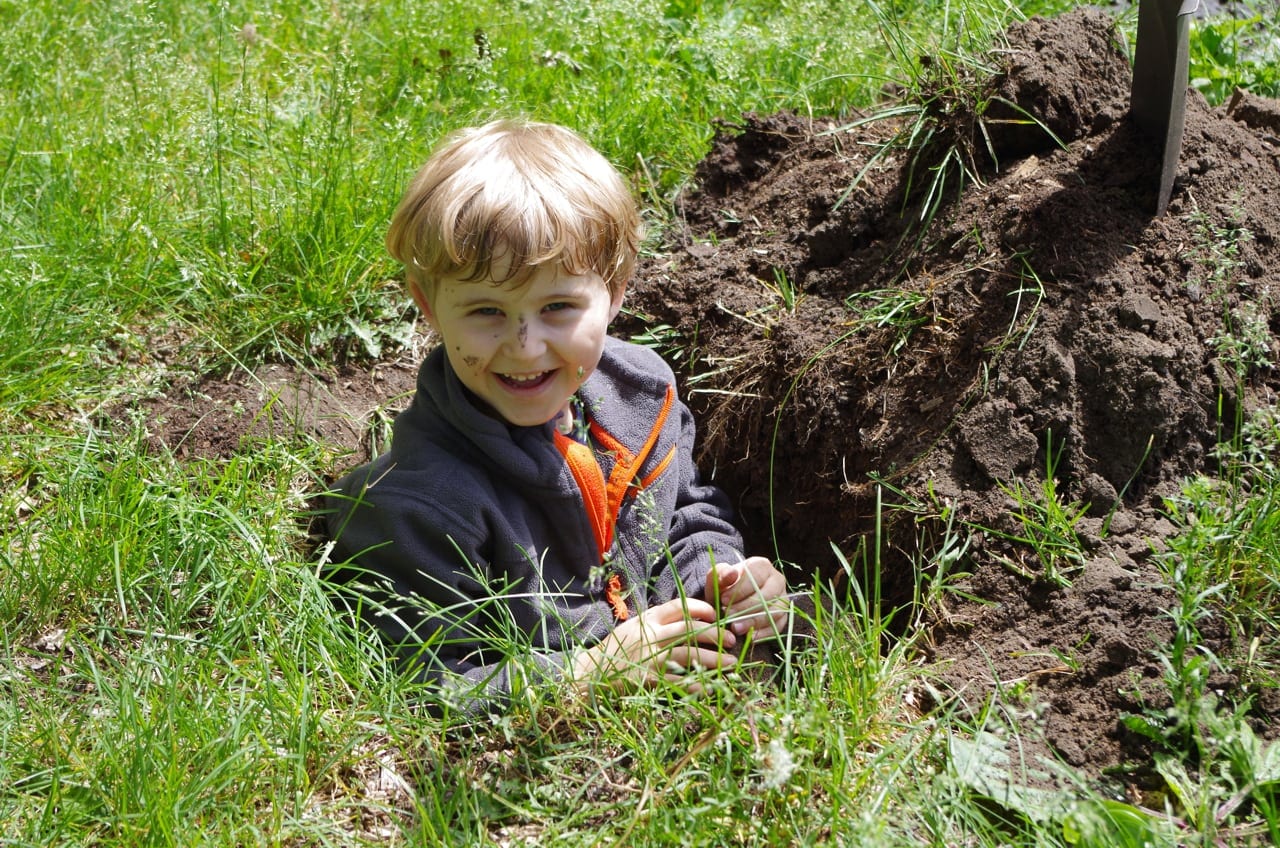By Kathy Oaks author of Homeschoolers Are Not Hermits.
When we go to the gardening store or look at the seed and plant catalogs that arrive every spring, it can be hard to tell which plants are native, much less why we might want to garden with native plants in the first place. There are so many pretty flowers to make our lives brighter! But there are plenty of good reasons to make the effort to landscape with native plants, even if we have to look harder to find them.
First of all, many non-native plants can become seriously invasive, taking over not only your garden but also parks and woodlands nearby. Think of kudzu and dandelions, which are pests of varying seriousness. I can buy three types of dandelion seed from one of my catalogs; they were introduced in the first place by people who valued them as food. There are many more invasive plants, and most of them started in someone’s garden, although some have been introduced inadvertently. Invasive plants take over the habitats of native plants, forcing them out. But why should we value native plants in the first place?
Native plants are part of our local biomes.
When they are disrupted, the entire food web can be disrupted. There has been a lot of attention paid to bees and butterflies recently, but it goes much further than needing flowers for pollen and nectar. At the beginning of the life cycle, insects need native plants to lay their eggs on so that the eggs will survive long enough to hatch, and so that there is a food source for the larvae after hatching. Insects are now having to lay eggs on plants that are less than optimal, or even toxic to their offspring. (As a side note, any plants that don’t specifically say they are not sprayed with the insect-toxic neonicotinoids most likely are. They don’t wash off, they are incorporated into the plant, so even plants that are supposed to be good for butterflies or bees may be killing them.)
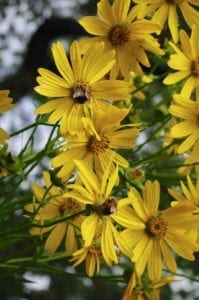
Bugs aren’t everyone’s favorite critters, but they are vital to the ecosystem.
Ladybug larvae will eat all those aphids that attack our plants, and there are many more that do similar jobs. Those that aren’t keeping the insect population balanced are helping the birds and more. Baby birds need lots of protein to grow, and that protein comes in the form of larvae in the spring. If the insects die off, so do the songbirds. If the songbirds die or go elsewhere for food, other animals like owls and snakes will have less food. They will have less food still when the moles and shrews and bats and other small furry animals starve with no insects to eat. The health of an ecosystem can often be seen in the health of its top predators. I am encouraged whenever I see marsh hawks and bald eagles in our neighborhood, even though we live in a large metro area. It means there are enough gardens and parks with native plants to keep our biome going.
So what can we do?
Yes, plant a native garden, and do it with your kids. Food webs and biomes and botany and the life cycles of plants and animals aren’t things that are happening somewhere in the woods and in books. They are relevant, and happening in your own backyard. My mom is a biology professor, and when she learned we were moving to Minnesota she immediately bought me “Landscaping with Native Plants in Minnesota.” We have watched Monarch butterfly caterpillars chowing down on our swamp milkweed plants, and counted bees for The Great Sunflower Project. We were ecstatic to see hawks nest in our oak tree for a few years, and we’ve seen shrews and an opossum and even a woodchuck in our urban yard, not to mention all the rabbits.
I can’t tell you specifically what to plant because your biome may be different from ours, and your tastes in plants and the space you have available to you will differ as well. We have a large yard and friends and relatives who love to give us native plants; not everyone has that. Some native plants look pretty boring but there are plenty to choose from that have beautiful flowers or unusual shapes and forms to make your landscaping interesting, even if you only have a balcony container garden. Native violets, echinaceas, black-eyed Susans, and columbines are just a few of the attractive flowers to choose from. I suggest reading “Bringing Nature Home” by Douglas Tallamy for the biology and lists of plants.
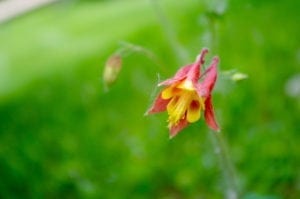
Here is what we do.
We plant food for us that is mostly non-invasive, and keep anything that might spread contained. We have a vegetable garden and fruit trees and shrubs. Instead of blueberries, we have native Juneberry bushes, which are related to blueberries and easier to grow.
We have a small raised bed just for the boys to plant their own garden.
We plant food to share with the birds: extra Juneberries and cherries.
We plant shrubs and trees beneficial to insects: Juneberries, oaks, cherries and plums.
We plant native wildflowers that haven’t been sprayed: swamp milkweed, cup plants, etc.
What else can you do to show your kids how biomes live in your own backyard?
Plant sunflowers and count bees through GreatSunflower.org
Leave some of your yard un-raked through the winter as insect habitat; look under leaves for wooly bear caterpillars and more.
Leave dried flower stalks up through the winter so the birds and mice can eat the seeds.
Build a home for native bees. nwf.org/Garden-For-Wildlife
Build a bat house; bats will eat all those mosquitoes in the summer. BatCon.org
Find your local native plant resources through WildOnes.org
Leave out natural nesting materials for your birds. AllAboutBirds.org
Check your library for age-appropriate books to read together about the nature in your area. We liked “One Small Square: Backyard” by Donald M. Silver and Patricia Wynne.
Most of all, be interested! Let your kids see you learning with them and finding out what creatures live near us, hidden but important.
